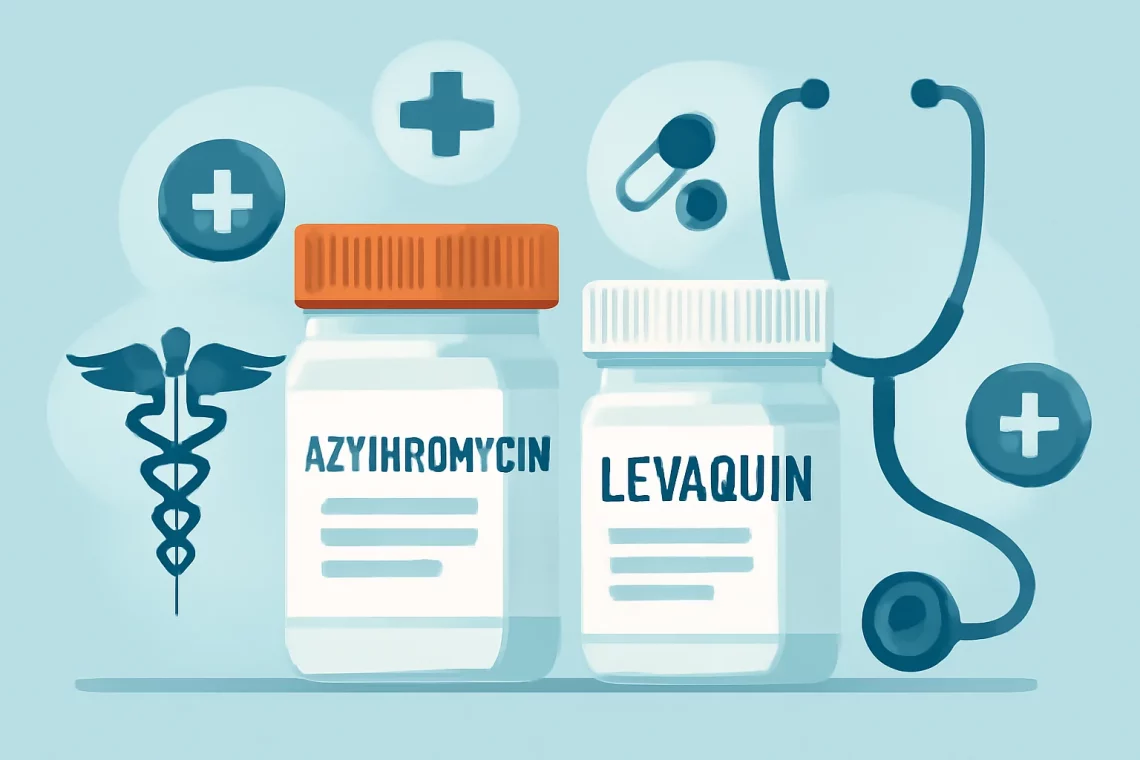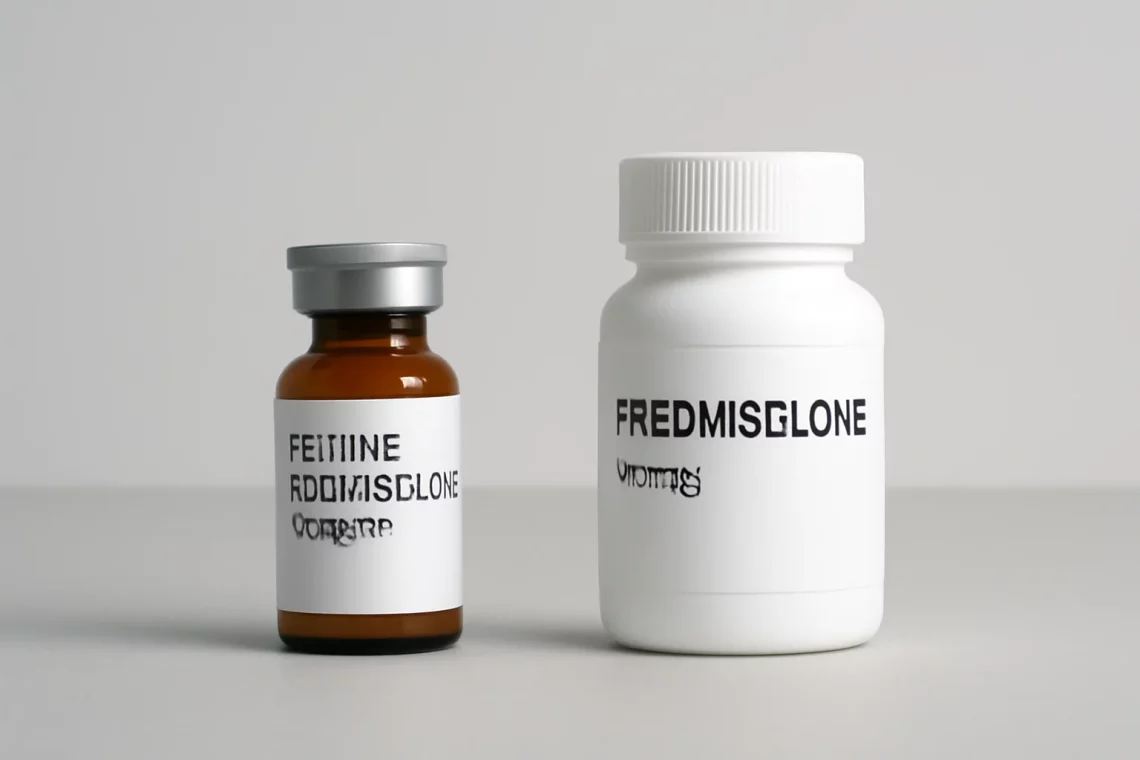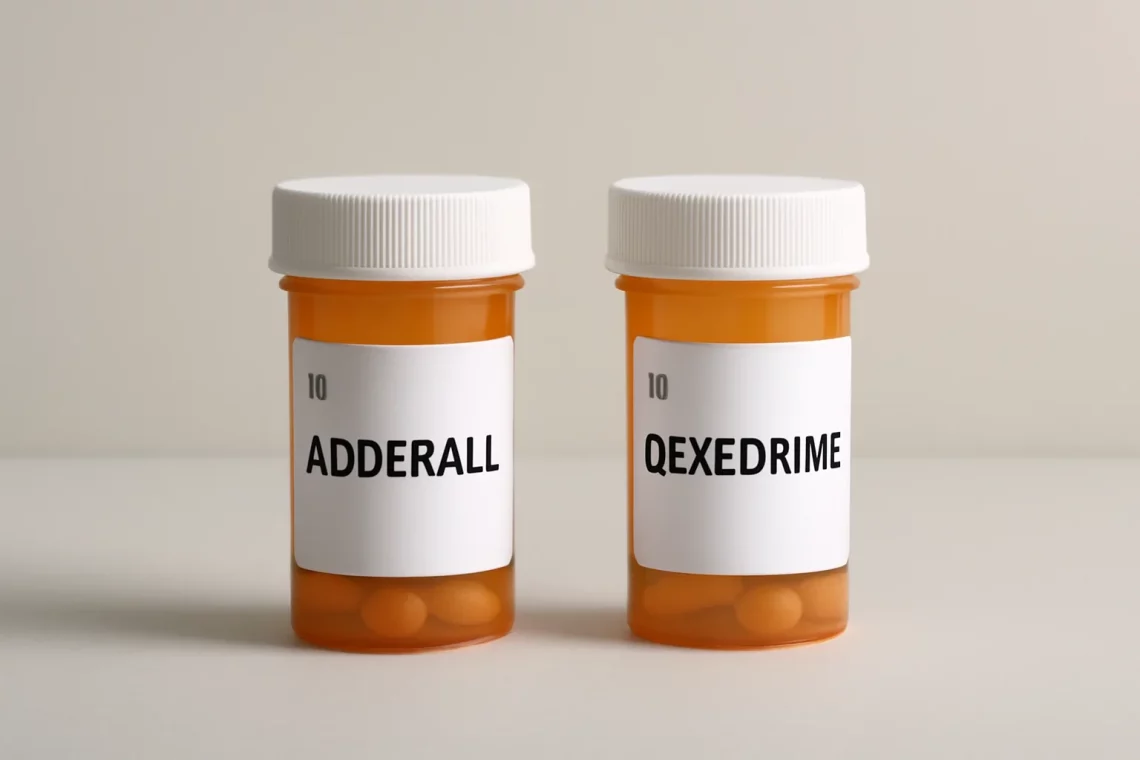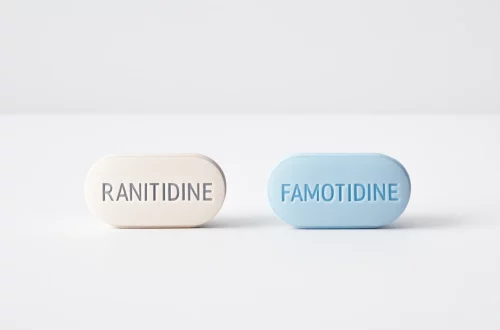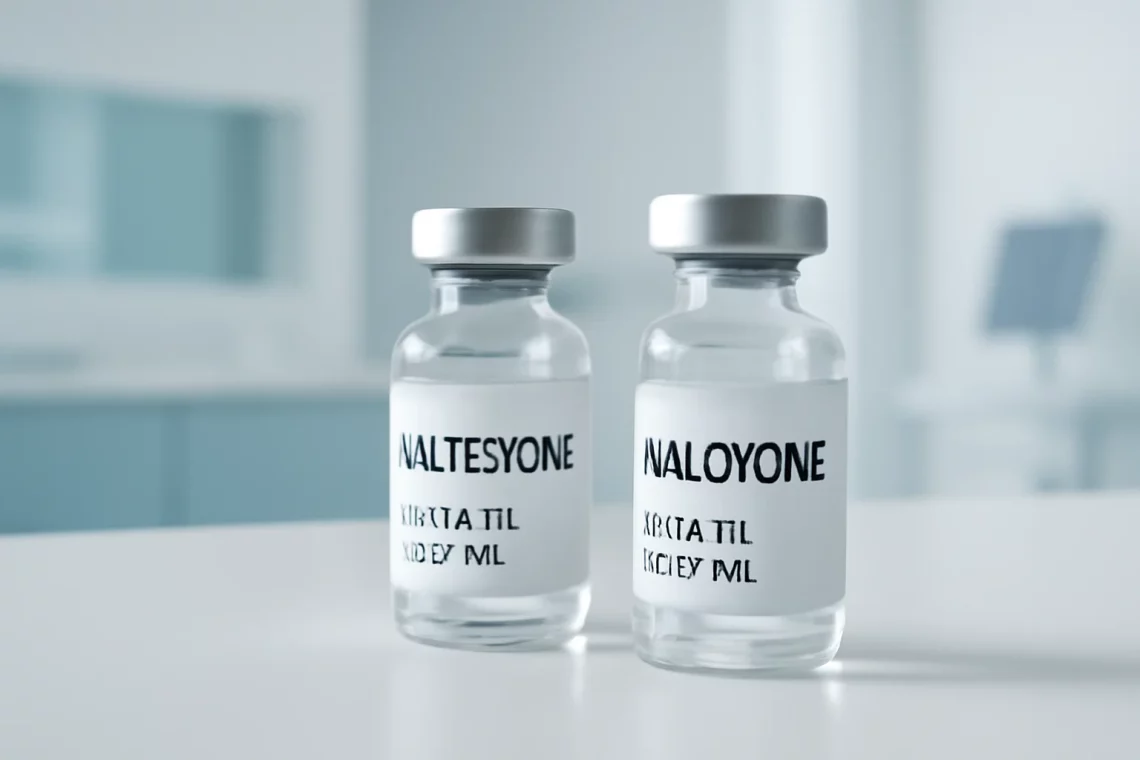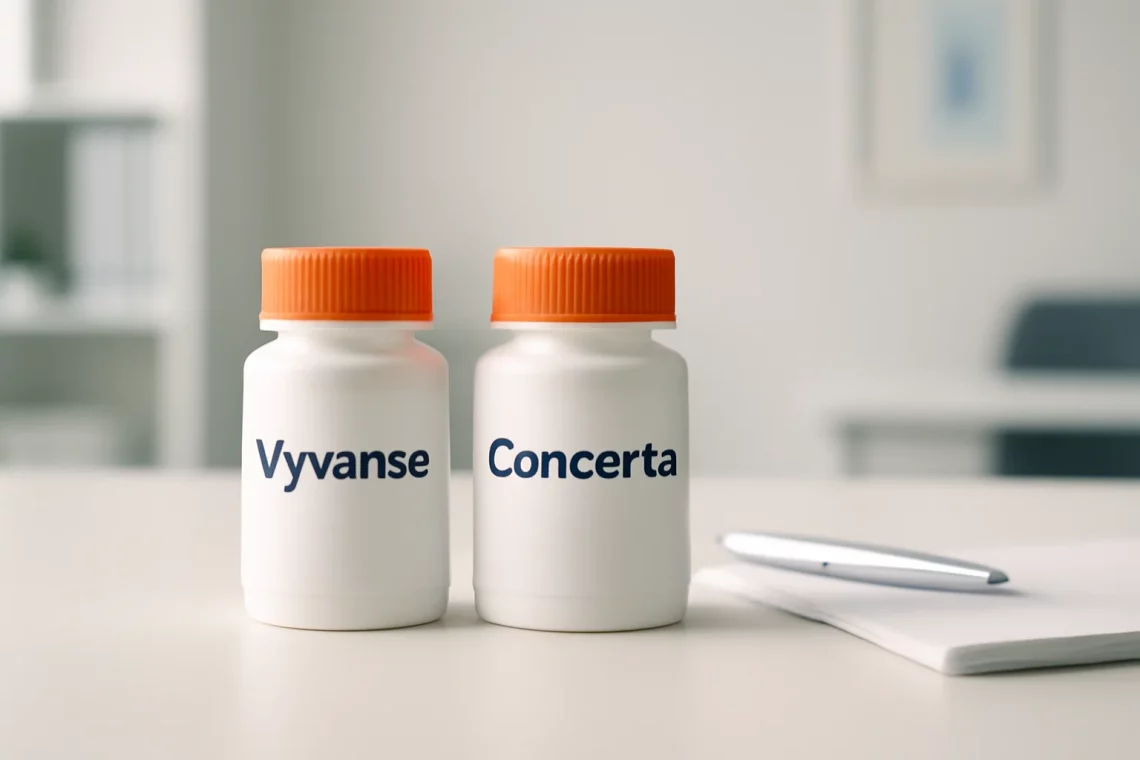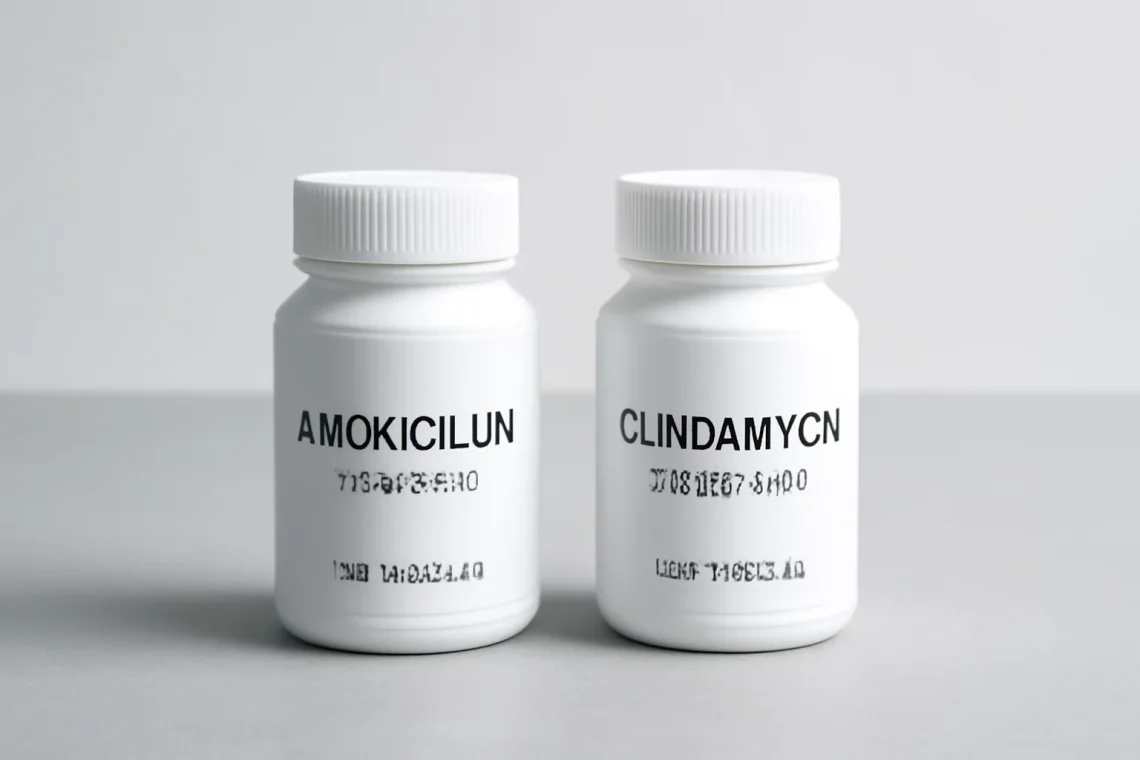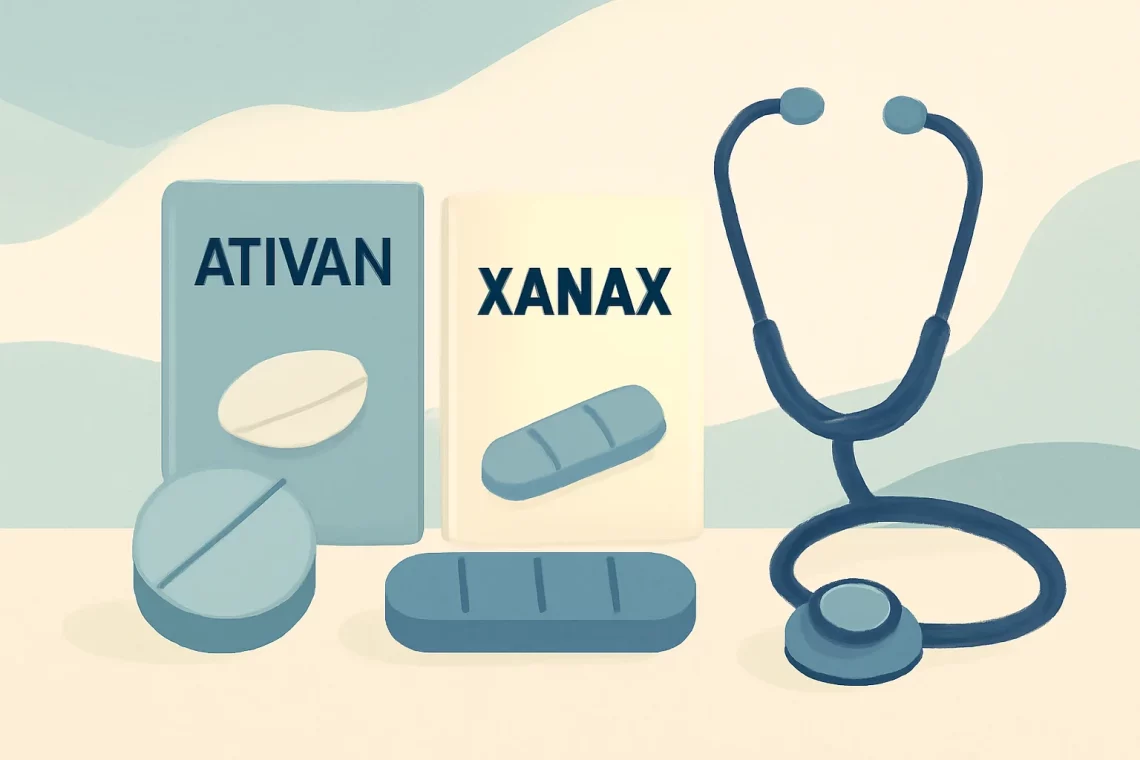-
Azithromycin vs Levaquin: Key Differences and Uses Explained
Azithromycin and Levaquin are two widely used antibiotics that play a significant role in treating bacterial infections. The medical community often relies on these medications for their effectiveness against various pathogens. However, their mechanisms of action, spectrum of activity, side effects, and indications differ substantially. Understanding these differences is crucial for both healthcare professionals and patients, as the choice of antibiotic can greatly influence treatment outcomes. Both Azithromycin and Levaquin have unique characteristics that make them suitable for specific conditions. Azithromycin, a macrolide antibiotic, is known for its broad spectrum of activity, particularly against respiratory tract infections and certain sexually transmitted infections. On the other hand, Levaquin, a fluoroquinolone, is…
-
Methylprednisolone vs Prednisolone: Key Differences and Uses
Methylprednisolone and prednisolone are two corticosteroid medications commonly used in the treatment of various inflammatory and autoimmune conditions. These drugs mimic the effects of hormones that are naturally produced in the adrenal glands, helping to reduce inflammation and suppress the immune response. While they share many similarities, understanding the differences between these two medications is crucial for both patients and healthcare providers. The choice of medication can significantly impact treatment outcomes, as each has unique properties that may suit different conditions or patient profiles. Factors such as the potency, duration of action, and side effects play vital roles in determining which medication is more appropriate in a given situation. As…
-
Adderall vs Dexedrine: Key Differences and Similarities Explained
Adderall and Dexedrine are two widely recognized medications primarily used to treat Attention Deficit Hyperactivity Disorder (ADHD) and narcolepsy. Both drugs belong to a class of medications known as stimulants, which work by increasing the levels of certain neurotransmitters in the brain, particularly dopamine and norepinephrine. This enhancement leads to improved focus, attention, and impulse control, making these medications effective for individuals struggling with these conditions. Despite their similar uses, Adderall and Dexedrine have distinct differences in their formulations, active ingredients, and how they affect individuals. Understanding these differences is crucial for patients, caregivers, and healthcare providers when considering treatment options. With the rise in ADHD diagnoses and the increasing…
-
Adderall vs Focalin: Choosing the Right ADHD Medication for You
Adderall and Focalin are two widely recognized medications primarily used in the treatment of Attention Deficit Hyperactivity Disorder (ADHD). Both medications are classified as central nervous system stimulants, and they function by affecting certain neurotransmitters in the brain, which play a crucial role in attention, focus, and impulse control. While they share a common purpose, the way they exert their effects, their chemical compositions, and their side effect profiles can differ significantly. In the realm of ADHD treatment, understanding the nuances between these two medications can be essential for patients and healthcare providers alike. Factors such as dosage forms, duration of action, and individual patient response can heavily influence the…
-
Naltrexone vs Naloxone: Understanding Their Differences and Uses
Naltrexone and naloxone are two medications that often come up in discussions surrounding addiction treatment and opioid overdose response. Both drugs belong to the class of opioid receptor antagonists, which means they work by blocking the effects of opioids in the brain. While they share some similarities, their uses, mechanisms, and effects differ significantly. Understanding the distinctions between naltrexone and naloxone is crucial for healthcare professionals, patients, and families affected by substance use disorders. The opioid epidemic has made the need for effective treatment options and emergency responses more urgent than ever. As communities strive to combat addiction and reduce the number of opioid-related deaths, these two medications play vital…
-
Vyvanse vs Concerta: Choosing the Right ADHD Medication for You
Vyvanse and Concerta are two of the most commonly prescribed medications for the treatment of Attention Deficit Hyperactivity Disorder (ADHD). Both medications play a crucial role in helping individuals manage their symptoms, enhancing focus, and improving overall quality of life. However, the choice between Vyvanse and Concerta can be daunting for patients and their families, as each medication has its unique properties, benefits, and potential side effects. In recent years, there has been increasing awareness about ADHD, leading to more diagnoses and subsequent treatment options. While the effectiveness of medication is often highlighted, it’s essential to consider the individual needs of each patient. Factors such as age, lifestyle, and medical…
-
Vyvanse or Concerta Which ADHD Medication is Right for You?
Vyvanse and Concerta are both popular medications used in the treatment of Attention Deficit Hyperactivity Disorder (ADHD). As awareness of ADHD has grown, so has the discussion surrounding the most effective treatments. Each medication has its unique properties, benefits, and potential side effects, which can significantly influence a patient’s quality of life. The choice between Vyvanse and Concerta is often influenced by individual needs, lifestyle, and medical history. Understanding the differences between these medications can help individuals make informed decisions about their treatment options. As ADHD continues to be a prevalent diagnosis among children and adults alike, the conversation around the most effective ways to manage its symptoms is more…
-
Amoxicillin vs Clindamycin: Comparing Antibiotics for Effective Treatment
In recent years, the importance of understanding antibiotics has grown significantly among the general public. With the rise of antibiotic resistance and the increasing prevalence of bacterial infections, it is essential to be informed about the various treatment options available. Among these options, Amoxicillin and Clindamycin are two commonly prescribed antibiotics that serve different purposes and have distinct mechanisms of action. Both drugs are used to combat bacterial infections, but they vary in their effectiveness against specific types of bacteria and conditions. This knowledge is crucial not only for healthcare professionals but also for patients who want to make informed decisions about their treatment. The conversation around antibiotics often delves…
-
Ativan vs Xanax: Understanding the Differences and Uses
Ativan and Xanax are two commonly prescribed medications that belong to a class of drugs known as benzodiazepines. These medications are primarily used for the treatment of anxiety disorders, panic attacks, and other related conditions. While both Ativan and Xanax share similar therapeutic effects, there are notable differences between the two that can influence a healthcare provider’s choice in prescribing one over the other. Understanding these differences, including their pharmacological properties, potential side effects, and the contexts in which they are most effective, is crucial for patients seeking relief from anxiety and related symptoms. As anxiety disorders become increasingly prevalent, the conversations surrounding the use of such medications have garnered…
-
Xanax vs Librium: Understanding the Differences and Uses
Xanax and Librium are two medications that fall under the category of anxiolytics, commonly prescribed to manage anxiety and related disorders. While both drugs serve a similar purpose, they possess distinct characteristics, mechanisms of action, and potential side effects. Understanding these differences can be crucial for patients and healthcare providers alike. The increasing prevalence of anxiety disorders in today’s fast-paced world has heightened the demand for effective treatment options. As such, a thorough examination of anxiety medications like Xanax and Librium is essential for informed decision-making. When discussing anxiolytics, it’s important to recognize that they interact with the brain’s neurotransmitters, particularly gamma-aminobutyric acid (GABA). This interaction can lead to a…
